South America’s tropical glaciers are an endangered cultural heritage

Colombia and Ecuador are home to tropical glaciers, of which there are few left on the planet. These glaciers, located near the equator, are particularly vulnerable to climate change, and the consequences of their melting are vast.
To the Kogi, an indigenous community in northern Colombia, the Sierra Nevada de Santa Maria mountain range is the centre of the universe. There, the rivers and forests are part of a living being: the mountain is a body and the glacier its brain. The glaciers melting, the Kogi believe, is a sign of imbalance between humans and nature.
Of the 14 tropical glaciers that existed in Colombia at the beginning of the 20th century, only six remain today. The last to completely melt, the Conejeras Glacier, disappeared just over a year ago.
“We have lost 30% of the glacial surface in the last 12 years,” says Jorge Luis Ceballos Liévano of the Colombian National Institute of Hydrology, Meteorology and Environmental Studies (IDEAM). Ceballos Liéviano is the national correspondent in Colombia for the World Glacier Monitoring Service (WGMSExternal link), based in Switzerland.
Glaciers, local melting and global impacts
The World Glacier Monitoring Service (WGMSExternal link) collects and analyses data on the mass balance, volume, area and length of the world’s glaciers. It was established in 1986 and is based at the University of Zurich in Switzerland. The WGMS has a network of national correspondents in over 40 countries.
During the International Year for the Conservation of Glaciers, SWI swissinfo.ch contacted some of these correspondents to find out about the state of glaciers in their region, the consequences of ice melt, and their adaptation strategies.
“Should this trend continue into the second half of this century, Colombian glaciers could become extinct,” he warns. Neighbouring Venezuela is the first country on the planet to have lost all of its glaciersExternal link.
The situation is similar in Ecuador, where the total area of glaciers has dropped from just over 97km² in the late 1950s to 37km² today, says Bolívar Ernesto Cáceres Correa, a glaciologist at the Ecuadoran Institute of Meteorology and Hydrology and national correspondent in Ecuador for WGMS. “Glaciers below 5,130 metres in elevation will most likely disappear over the next decade,” he predicts.
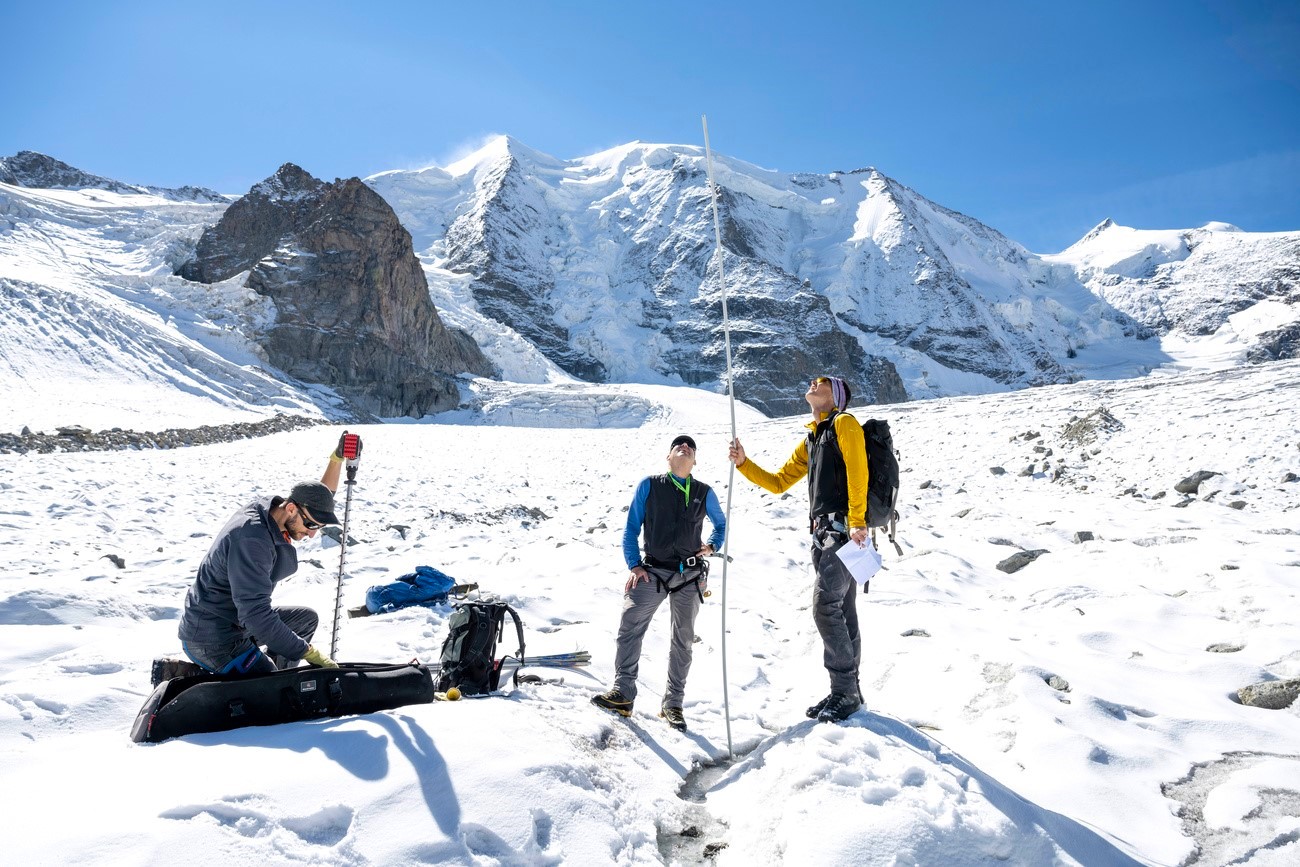
More
Why the Swiss are leading efforts to track melting glaciers
El Niño effects on glaciers in the Andes
Colombia and Ecuador are among the few countries in the world to host tropical glaciersExternal link. These glaciers formed in the tropical belt at altitudes above 4,500-5,000m, where temperatures are cold enough to turn rain into snow.
Tropical glaciers also exist in Bolivia and other Andean countries, in East Africa (Kenya, Uganda and Tanzania) and in Indonesia. Unlike Alpine glaciers, tropical glaciers depend on the rainy season. The accumulation period, during which the glacier grows, is relatively short, while melting extends over most of the year.
These glaciers are particularly vulnerable to climate change. Because tropical glaciers are in areas that are already warm, a slight increase in temperature is enough to cause them to melt rapidly. A recent reportExternal link by the World Meteorological Organization found that tropical glaciers are melting ten times faster than the cumulative global average. Between 2000 and 2023, they lost more than 20% of their massExternal link.
Glaciers in the Andes mountain range are very sensitive to the effects of El Niño, says Ceballos Liévano in Colombia. El Niño is an anomalous warming of surface waters in the equatorial Pacific Ocean that leads to an increase in global temperatures.
Negative consequences for biodiversity and tourism
Andean glaciers feed the Amazon basin, the largest river basin on the planet, along with numerous rivers on the continent. Unlike other glaciers, they supply water to arid and semi-arid regions. In the long term, melting ice will lead to severe water shortages for millions of peopleExternal link who depend on the waterways for drinking and cooking, irrigating fields, and generating hydroelectric power.
Another consequence is the change in biodiversity in the vicinity of the glaciers and in the Páramo, the “sponge” of the Andes, explains Cáceres Correa. The Páramo is a mountain ecosystem in the Andes that resembles an Alpine tundra. The Páramo stores glacier meltwater and releases it during the dry months. Rising temperatures and reduced water resources can alter the composition of the flora and fauna of this unique ecosystem.

Melting ice has also created crevasses and unstable areas that have negatively impacted tourism activitiesExternal link in the mountains. “There has been a drastic drop in the number of people who want to climb Ecuador’s snow-capped mountains,” says Cáceres Correa.
In Colombia, most people consider glaciers an important part of the mountain landscape and an environmental heritage, Ceballos Liévano points out. For some indigenous communities, glaciers are considered sacred and spiritual territories, and their disappearance threatens some centuries-old traditionsExternal link.
“Glacier decline has significant cultural and spiritual effects for high-mountain communities, initiating transformations in the ways that local people understand themselves and make meaning in relation to their surroundings,” Elizabeth Allison, a professor of ecology and religion at the California Institute of Integral Studies, writesExternal link in the UNESCO Courier.
Without glaciers, gods are less powerful
The sustainable management of water resources and conservation of mountain ecosystems such as the Páramo are among the main strategies for adapting to the melting of Andean glaciers. Initiatives in Ecuador focus mainly on optimising livestock farming and making more efficient use of water in agriculture, says Cáceres Correa. In the past, Switzerland has funded projects to introduce new irrigation methods in Bolivia.
South American countries also need to diversify their energy sources. Hydropower provides about 45% of the electricityExternal link generated on the continent (63% in Colombia and 79% in Ecuador, according to 2023 figuresExternal link). As glacial runoff decreases, there will be less water to drive turbines and produce electricity. The alternative is investment in other energy sources, such as solar or wind power.
>>>One Swiss project sought to preserve water from a glacier in Bolivia by combining ancestral knowledge and new technologies, as this video explains:
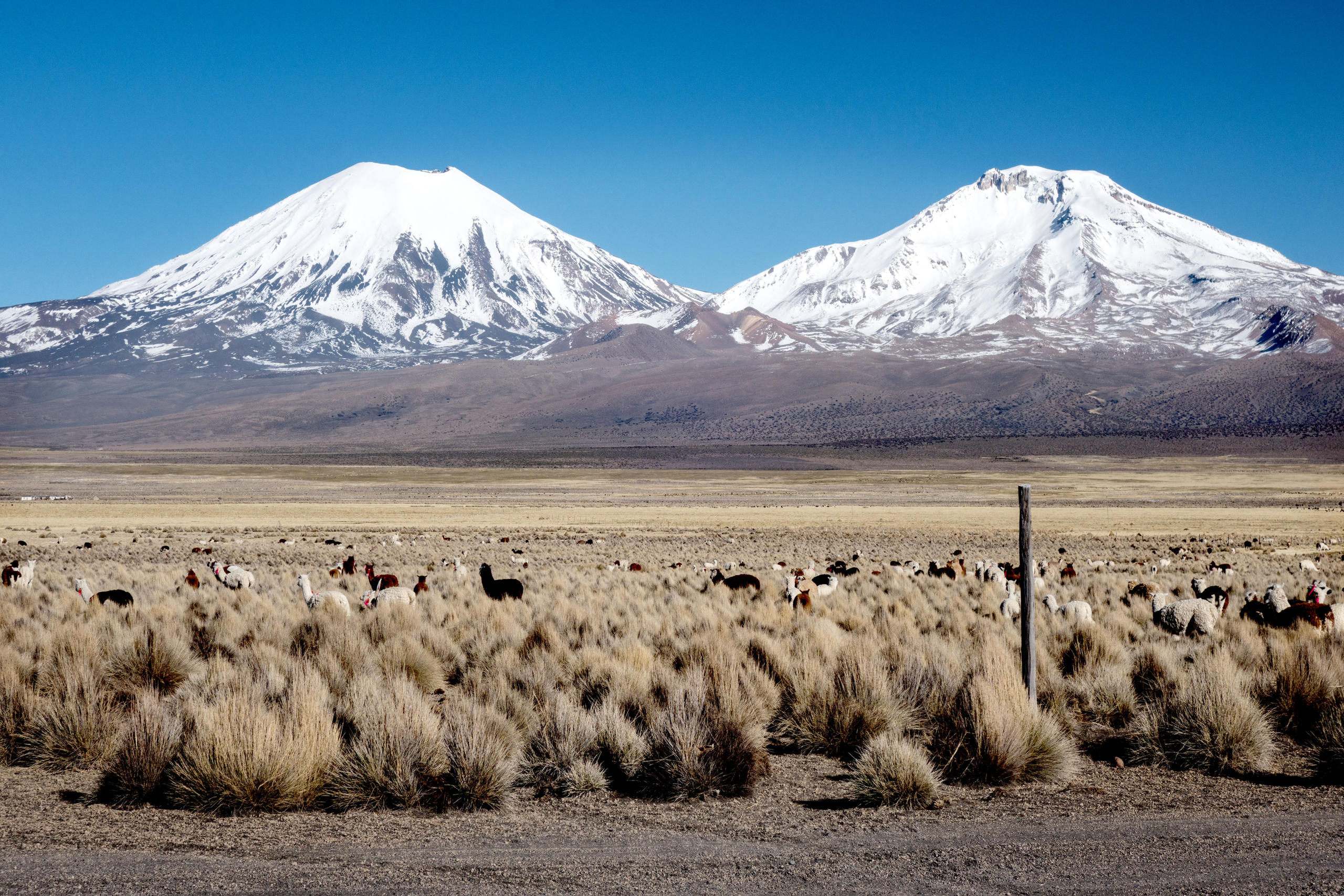
More
Protecting ‘green sponges’ to store water
Celebrations related to the deities who live on snowy peaks will continue even without glaciers, although some rituals have been changedExternal link. For example, during Quyllurit’i processions in Peru, people are no longer allowed to cut blocks of ice and bring them back to the village. They used to do so because they believe the meltwater has healing powers.
But some fear that as the ice area shrinks, the mountain spirits will be less powerful and provide less protectionExternal link to indigenous communities. Whether out of spirituality or science, those looking to save tropical glaciers agree they are essential to life.
Edited by Gabe Bullard/gw

In compliance with the JTI standards
More: SWI swissinfo.ch certified by the Journalism Trust Initiative





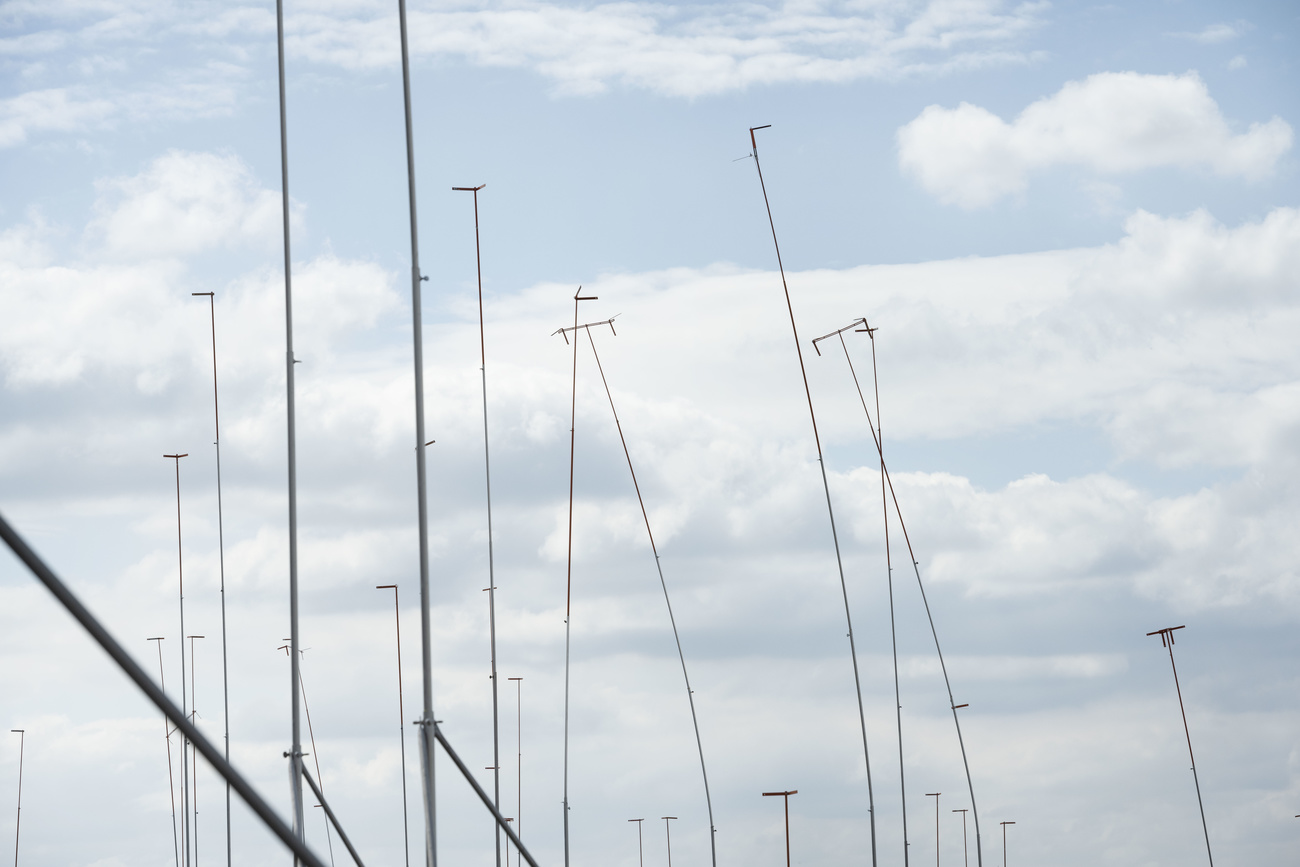



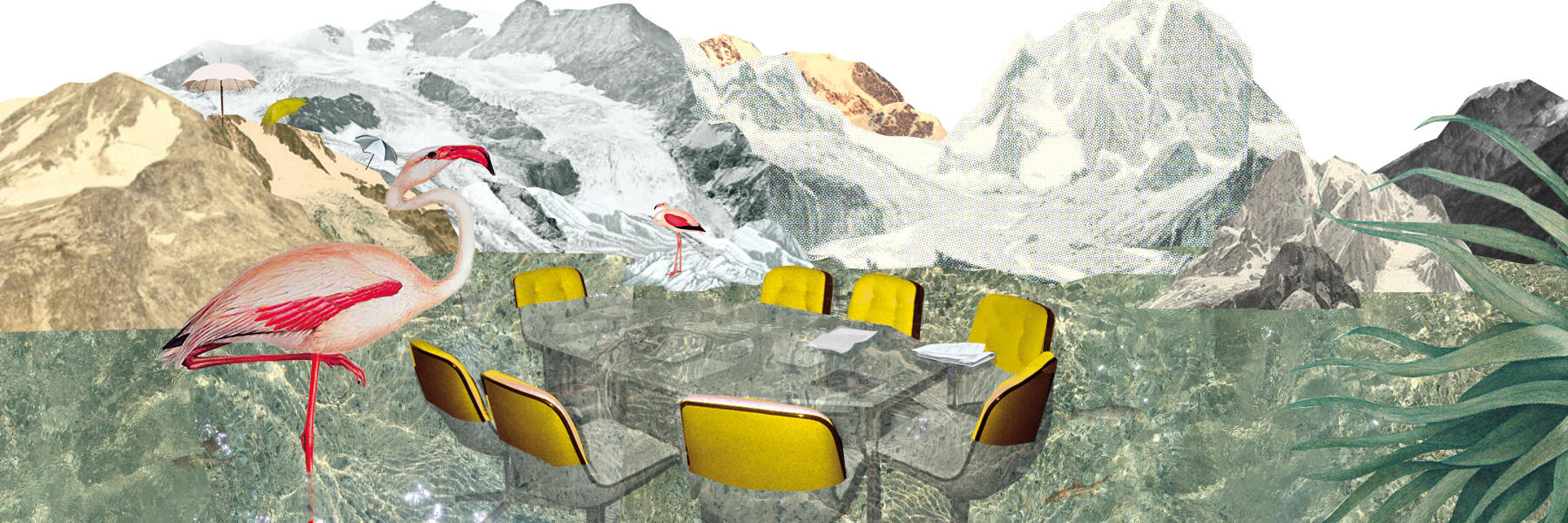
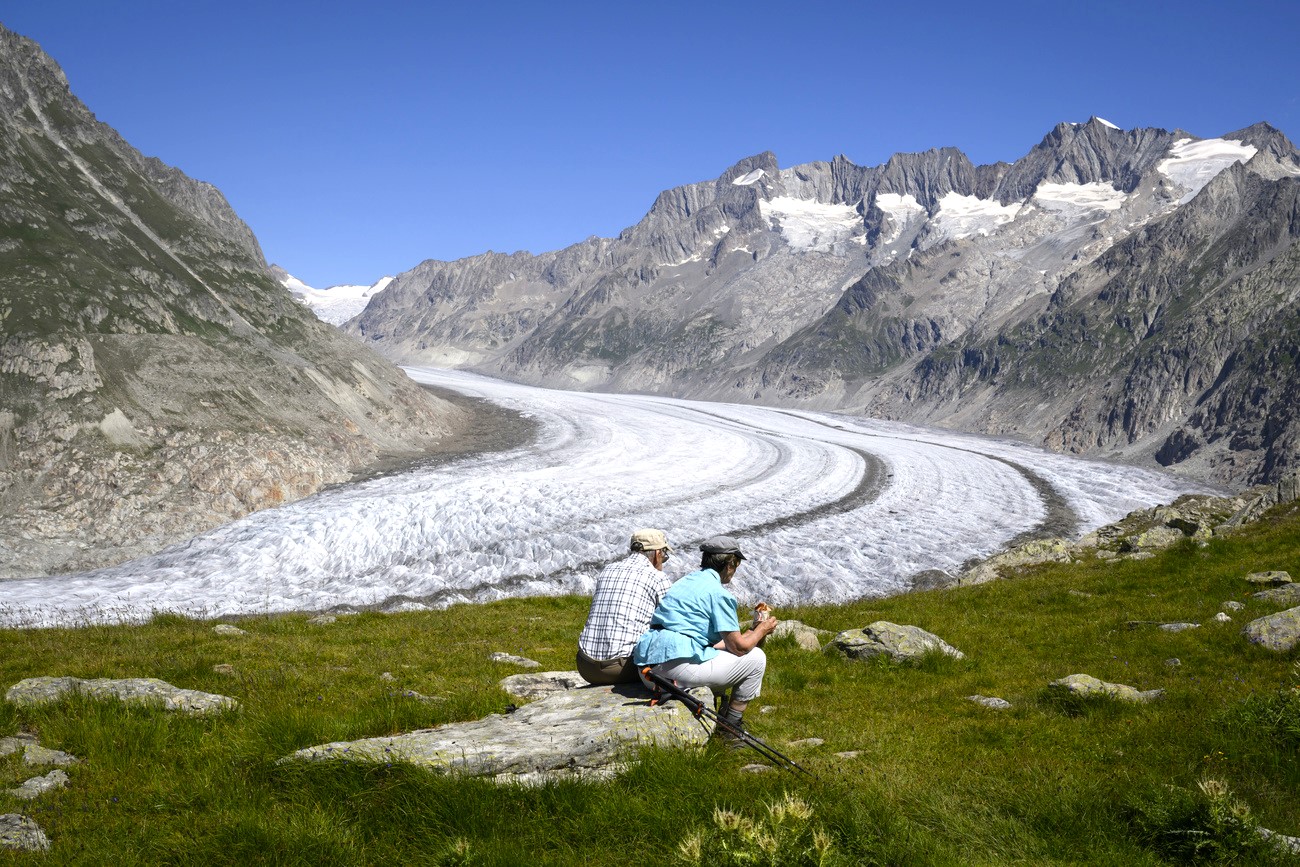
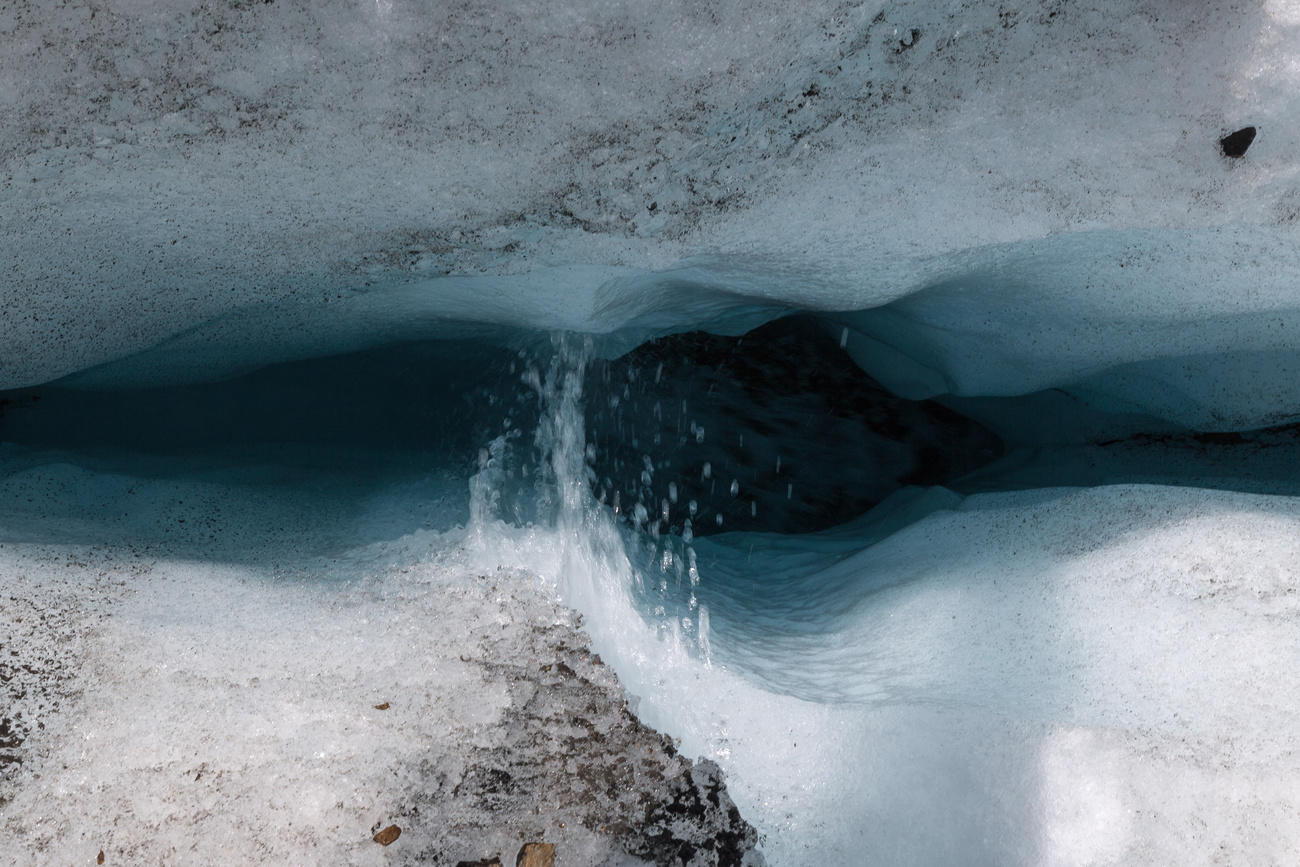
You can find an overview of ongoing debates with our journalists here . Please join us!
If you want to start a conversation about a topic raised in this article or want to report factual errors, email us at english@swissinfo.ch.